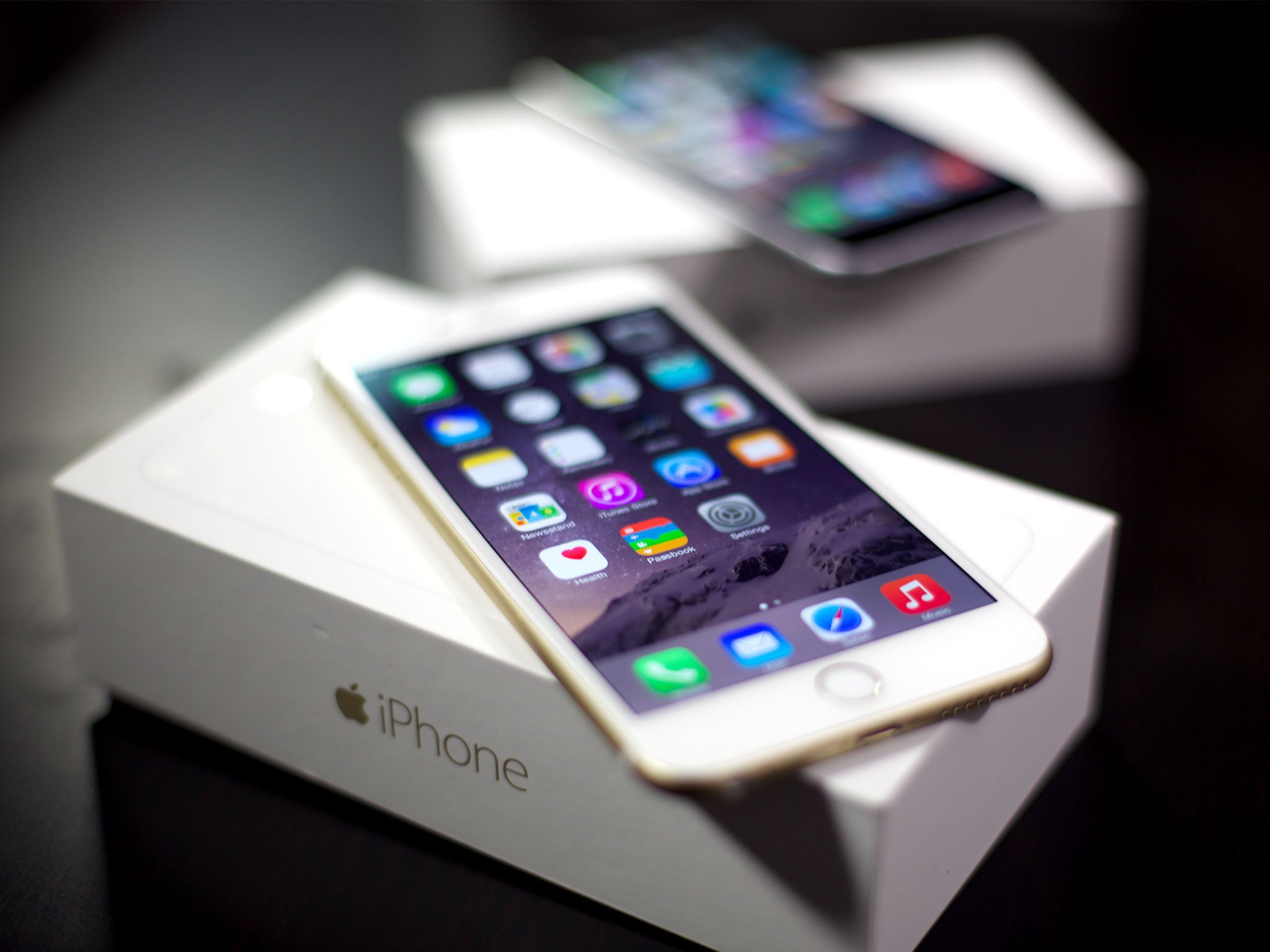Here are the 5 tests Apple put the iPhone 6 Plus through to make sure it could stand up to skinny hipster jeans

Apple opened up their testing facilities today to show the world how they put the iPhone 6 Plus through more than its paces long before releasing it to the public. Tests during the development cycle include 3-point bending, pressure point cycling, sit, torsion, and real-life user studies. Here's what the tests involve, according to the Wall Street Journal:
- Three-point bending: Apple's tests place pressure on iPhones in varying degrees to make sure they can handle "reasonable" force in various situations.
- Pressure-point cycling: The pressure-point cycling tests place "substantial" force across an iPhone's display and encasing, while it is held along its edges, to ensure that an iPhone can be bent and pushed many times over during its lifespan.
- Torsion testing: Apple clamps down an iPhone at both ends and twists the handset about 8,000 times.
- Sit tests: A single phone is placed into simulations reflecting real-life scenarios, such as being in the back pocket of tight jeans.
- Real-life user studies: Another part of testing involves real humans, hundreds of company employees live with and use the phones in various situations to test for both durability and performance.
Apple previously showed off their antenna testing facility following charges the iPhone 4 de-tuned when a finger bridged the gap at the bottom left of the phone, dropping signal reception.
The Verge has posted images from the stress test labs as well, along with the following statements from Phil Schiller, senior vice president of worldwide product marketing, and Dan Riccio, senior vice president of hardware engineering:
"We've designed the product to be incredibly reliable throughout all your real world use," Phil Schiller told me. "And in designing that we then have to validate heavily, and see how does it live up to real world use, and what are the forces and pressures on it, and how do you measure and prove that you've delivered on a specification.""The bottom line is that if you use enough force to bend an iPhone, or any phone, it's going to deform," Riccio says.
Schiller also advised customers to call AppleCare or go to a Genius Bar if they believed a problem, any problem, had occurred with their iPhone.
It's also important to remember that any industrial design is a tradeoff. The iPhone 6 Plus is amongst the thinnest, lightest phones in its size class. That makes it easier to hold and use, especially for long periods of time. There are other phones that use different materials, like plastic, or opt for thicker, heavier designs.
All this follows an earlier statement where Apple revealed that, to date, they'd received only 9 complaints about bending with the iPhone 6 Plus since it launched almost a week ago. That's compared to the millions of units shipped and used around the world.
Still, if you have have an iPhone 6 Plus and you're at all concerned, you should make sure you don't sit on it or otherwise subject it to excessive forces. It's big, it's thin, it's aluminum, it has areas that are cutout. The rest is physics.
Master your iPhone in minutes
iMore offers spot-on advice and guidance from our team of experts, with decades of Apple device experience to lean on. Learn more with iMore!
Does Apple's tour of their test facilities reduce your concerns about #bendgate? Was it over hyped or does Apple still have more explaining to do?

